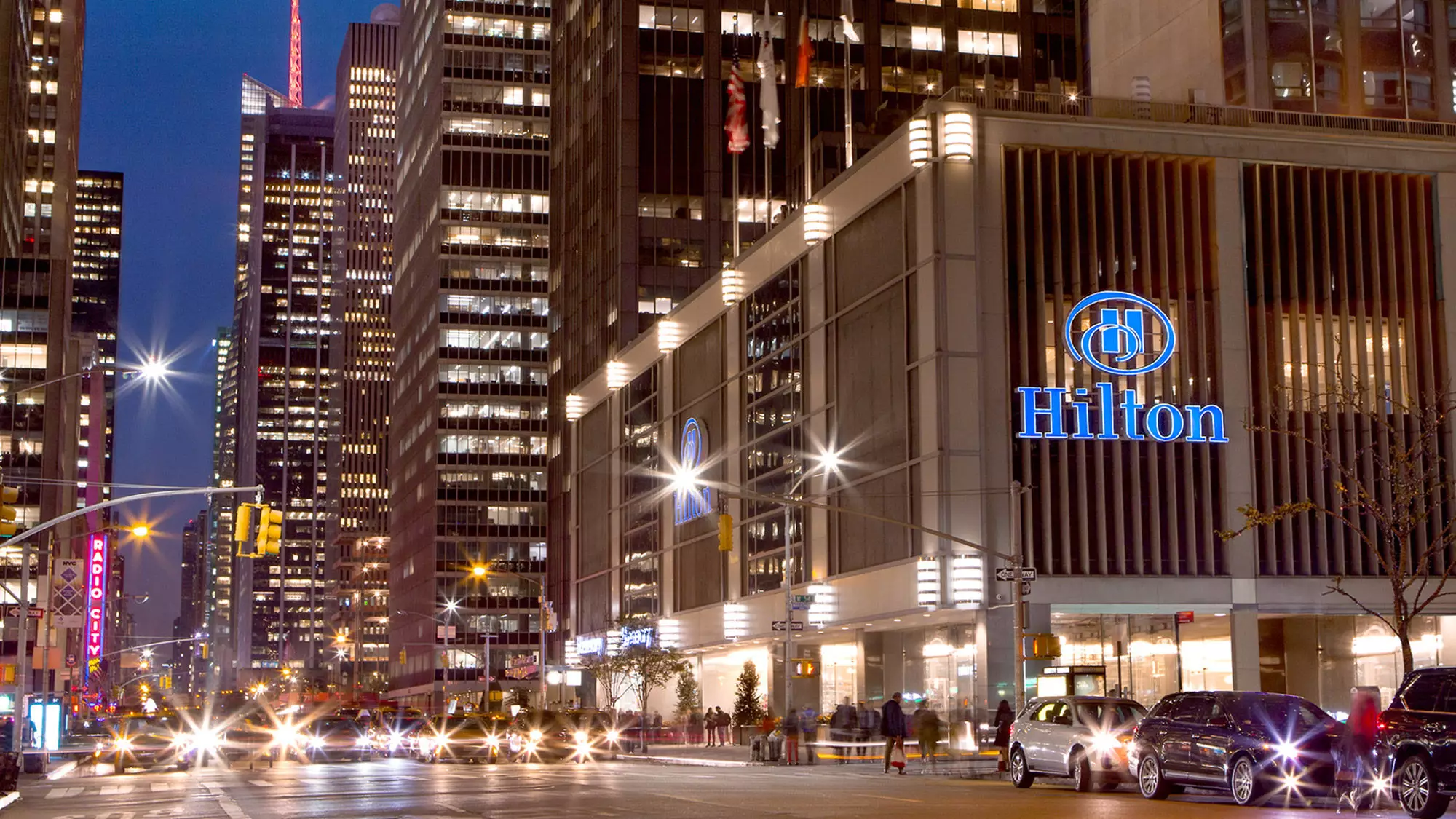In the current climate of economic unpredictability, travelers are exhibiting a cautious approach towards their plans, leading to shifts in demand that significantly affect the hotel industry. Christopher Nassetta, CEO of Hilton, articulated these trends during the company’s Q1 earnings call, where he reflected on the company’s performance amid varying market conditions and consumer behavior. The observations reveal not just a snapshot of the present state of the hospitality sector but also provide insight into broader economic forces at play.
During the first quarter of the year, Hilton witnessed a modest 2.5% growth in its revenue per available room (RevPAR), primarily driven by robust demand at the end of 2023 spilling into the new year. However, the momentum faltered as uncertainty crept into the market landscape by March. Travelers’ hesitation, described by Nassetta as a “wait-and-see mode,” is symptomatic of broader macroeconomic trends, where fluctuating economic indicators create unease among travelers. This hesitation has prompted Hilton to adjust its forecasts, revising the expected growth of RevPAR downward, predicting stagnation or even a slight decline in the near future.
The Uneven Recovery Across Market Segments
While leisure travel appears to be stalling, group business travel has emerged as a strong performer, having grown over 6% year-over-year. This segmentation of travel demand is crucial, as it highlights which sectors within hospitality are recovering efficiently yet also points to the disparity across different types of travel. Corporate travel, despite its growth of 2%, also reflects subdued enthusiasm compared to previous quarters. The situation underscores the complex dynamics of recovery within the travel industry.
Moreover, the decline in cross-border travel from neighboring countries such as Canada and Mexico, which stands at a high single-digit percentage drop, raises questions about international travel trends. Thankfully for Hilton, this shortfall has been compensated for by a surge in travelers from Asian countries, the UK, and various parts of Europe. Such shifts emphasize the importance of adaptability in the hospitality industry, as market conditions are in constant flux, demanding real-time adjustments to strategies.
Regional Variances and Economic Fundamentals
The regional performance of Hilton’s properties underscores the variability of travel recovery. With a 2.1% increase in RevPAR in the U.S. contrasted against a staggering 8.5% rise in the Middle East and Africa, the divergent trends warrant further analysis. The Asia Pacific region remained stagnant, with even China experiencing a decline of 3.1%. Such economic disparities prompt a reflection on how localized economies may recover at different rates, shaped by sociopolitical factors and health crises.
Nassetta recognizes the inherent volatility in travel, yet he urges stakeholders to resist adopting an overly pessimistic outlook. He articulates that the current market sentiment presents a challenge, yet believes that clarity will emerge as uncertainty dissipates. The complexities of economic indicators suggest that while apprehension may temporally cloud perceptions, underlying economic strength remains a crucial factor for positive future growth.
Strategic Innovations in Response to Market Dynamics
In adaptation to shifting dynamics, Hilton is set on expanding its brand portfolio. The anticipated growth from 24 to at least 27 brands is indicative of a strategic maneuver to diversify offerings and cater more effectively to evolving consumer preferences. This plan includes developing lifestyle hotel collections, targeting the unique preferences of modern travelers while maintaining a competitive edge in the saturated hospitality market.
Additionally, the introduction of a new furnished-apartment concept signals an awareness of the growing extended-stay market, reflecting changes in travel behaviors, particularly among business professionals who seek comfort and equipment resembling home environments during longer trips. The emergence of new brands between existing lifestyle categories also suggests a nuanced approach to appealing to discerning travelers who prioritize authenticity and local culture within their hotel experiences.
While uncertainties loom over the immediate future of the travel and hospitality sectors, Hilton’s adaptive strategies signal resilience and an optimistic outlook amid challenges. The evolution of consumer behaviors, paired with strategic expansions and innovations, holds the potential to redefine the travel experience and drive the recovery in a post-pandemic world.

